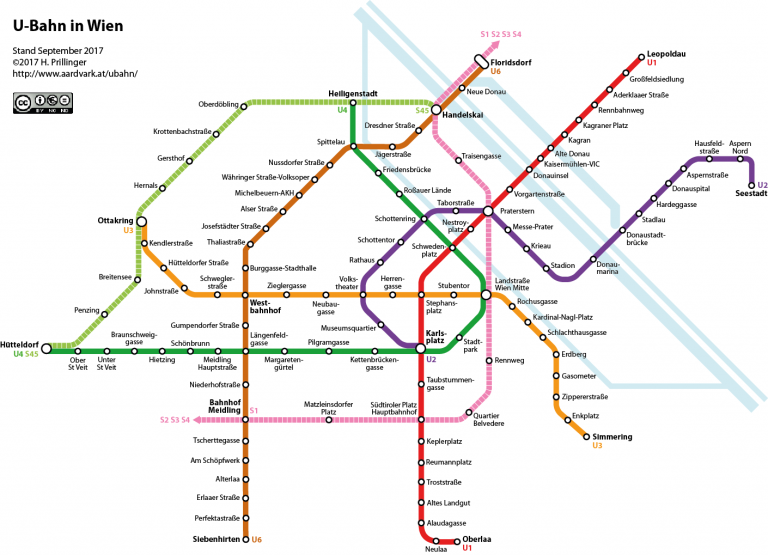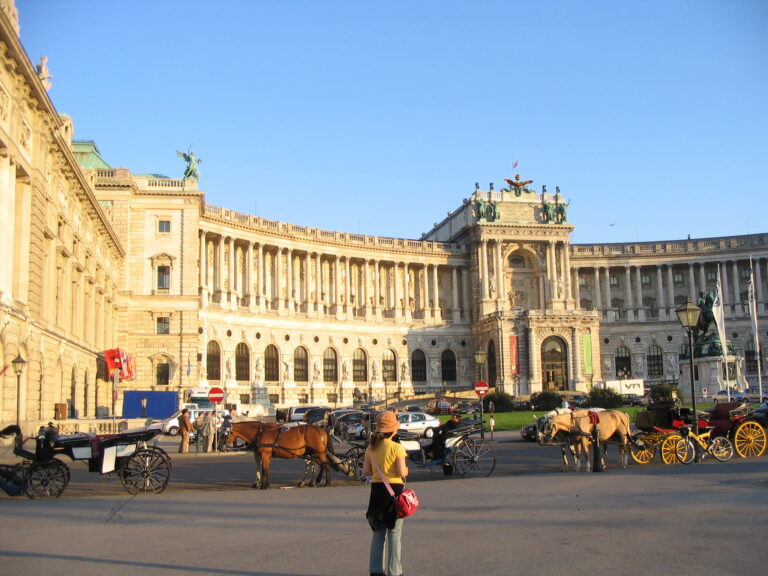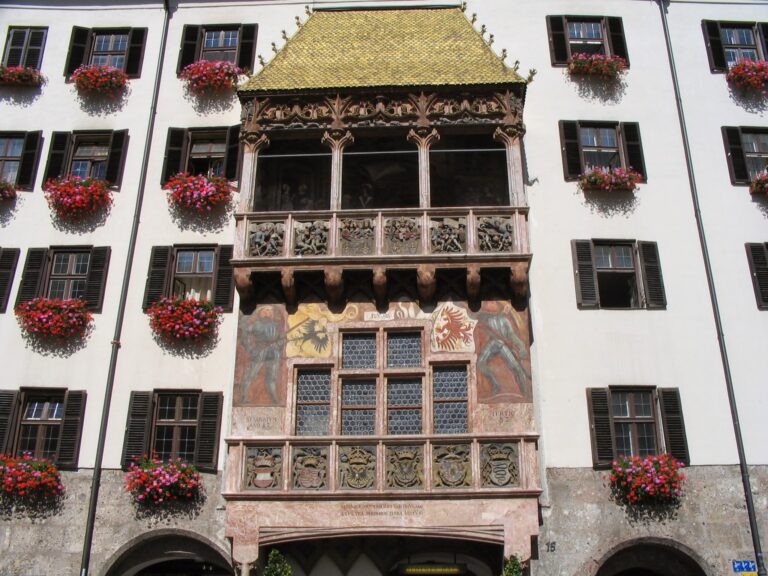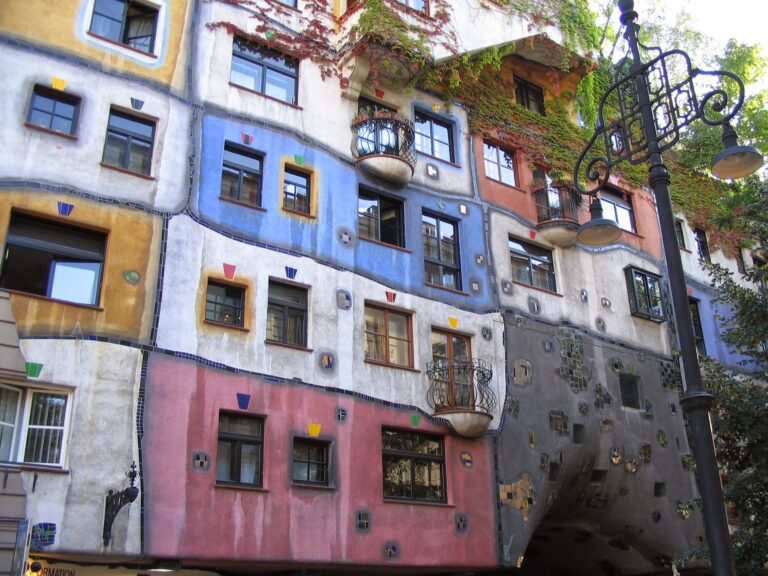Secession
The Building itself displays the symbolism of architecture with the laurel leaf playing a central decorative role. Dating from 1901, the damage inflicted by WWII has all but disappeared, revealing once again a gallery of superb creativity and character.
U-Bahn: Karlsplatz ((U1, U2, U4)
Secession – The Building itself displays the symbolism of architecture with the laurel leaf playing a central decorative role. Dating from 1901, the damage inflicted by WWII has all but disappeared, revealing once again a gallery of superb creativity and character.
Prater
The Vienna Prater and its famous 64m Ferris wheel from 1897 have become synonymous with Vienna as Europe’s oldest amusement park. First mentioned in 1162 as royal hunting grounds, the various steps taken toward today’s amusement park date back to 1844.
U-Bahn: Pratestern/Wien Nord ( U1 )
Hofburg
The imperial palace of the Habsburg dynasty was the political center of their waste empire until 1918, but also an impressive private residence. Located here are the Sissi Museum, the Imperial Silver Collection, and the world’s most important treasury boasting the Emperor’s Crown of the Holy Roman Empire from 962 and the treasure of the Order of the Golden Fleece, amongst others.
U-Bahn: Herrengasse (U3)
Stephansdom
Construction on this site commenced in 1147 with a Romanesque basilica belonging to the diocese of Passau, the portal towers and many of its sculptures originated around 1263. After WWII destruction of the roof, the cathedral was restored to its former glory. The vast catacombs located below are fascinating.
U-Bahn: Stephansplatz (U1, U3)
Burgtheater
One of the oldest theaters in the world, the “Burg” started as a ballroom and was converted in 1741 into a theater of the highest acoustic quality under the watchful eye of Empress Maria Theresia.
U-Bahn: Rathaus (U2)
The Austrian Baroque Museum
The Austrian Baroque Museum, part of the tower Belvedere complex, was opened in 1923 and represents one of the most important art collections of its type in Europe. The focal point of the museum is the blossom of the Austrian Baroque and its associated artists. Located in the Orangerie is also the Museum of Art of the Middle Ages. 15th-16th century.
U-BAHN: Stadtpark (U4)
Spanische Hofreitschule
For 430 years the white Lipizzan stallions of Vienna’s Spanish Riding School have excelled in the cultivation of classical equitation in the Renaissance tradition of the Haute Ecole, the study and perfection of the naturally elegant movements of the horse.
U-Bahn: Herrengasse (U3)
Other Sights
Alte Backstube – a cafe-restaurant as bakery museum, one of the most beautiful Baroque houses.
AlteSchmiede – artistic and literary performances alongside the “beautiful Lantern”.
Ankeruhr – the Anker Clock parades past Viennese personalities on the hour.
Donauturm – a Viennese icon of 252m, the perfect tower from which to admire the city.
Griechenbeisl – the oldest Viennese culinary institution, a great place to eat out since 1447.
Parks, Gardens, and cemeteries
| Augarten | Vienna’s oldest Baroque garden and home of the Vienna Boys Choir | |
| Botanischer Garten | The university’s Botanical Gardens are a treat for lovers of exotic flora | |
| Burggarten | A quiet central park located close to the Hofburg and Opera | |
| Donauinsel | a recreational center point of Vienna for visitors and locals alike | |
| Kurpark Oberlaa | created for the second Vienna International Garden Show 1974 | |
| Palmenhaus | the Butterfly House is architecturally stunning and full of fluttering wonders | |
| Stadtpark | the park with the greatest number of monuments and sculptures | |
| Volksgarten | a city center garden known for its numerous and colorful rose beds | |
| Zentralfriedhof | the largest cemetery is home to Beethoven, Brahms, Strauss Schubert Falco… |



